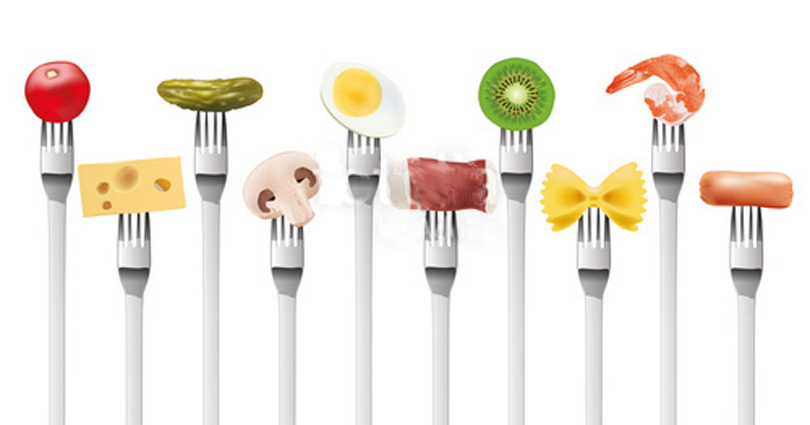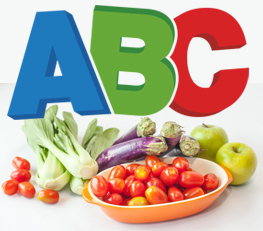(20-06-2018) More drug than food? What you need to know about high-fructose corn syrup
(Natural News) Fructose means fruit sugar — but it’s not only found in fruit these days. High-fructose corn syrup (HFCS) is found in an overwhelming majority of processed foods and beverages, from sodas to snacks, cakes and fast food. You could say that corn syrup is as ubiquitous in the food industry as it gets.
But despite assurances that corn syrup is no different to any other kind of sugar, the truth is that high-fructose foods are not so benevolent. In addition to a number of health consequences associated with over-consumption, experts now suspect thatHFCS may be as addictive than alcohol or even cocaine.
While in its natural form fructose isn’t inherently bad for you, the amounts in which the average person now consumes fructose (and in the form of food additives, no less) can spell disaster.
Addiction to fructose is a major problem
Is your sweet tooth a sign of a bigger problem? Experts say that HFCS is actually very similar to alcohol in terms of how it affects the brain. As Sayer Ji, founder of Green Med Info, explains,fructose stimulates the release of dopamine— just like alcohol. It also shares similar metabolic pathways as booze, and can cause similar health problems like a fatty liver.
In 2013,Canadian researchers piloted a studywhich found that HFCS caused “behavioral reactions†that were nearly identical to those of highly addictive drugs like cocaine. Professor Francesco Leri, an addiction expert from theUniversity of Guelph in Ontario, posited that the addictive nature of HFCS-containing foods may be playing a role in the worldwide obesity problem.
Leri said of the research,â€We have evidence in laboratory animals of a shared vulnerability to develop preferences for sweet foods and for cocaine.â€
He added, “There is now convincing neurobiological and behavioural evidence indicating that addiction to food is possible.â€
In their study of rats, Leri and his team found that the more concentrated they made the HFCS, the harder the rats would work to get to it.
But addiction isn’t the onlyconsequence of too much fructose.
What makes fructose so bad for you?
As Sayer Ji notes, the fructose found in fruit is a whole different animal than the fructose found in HFCS (orany of the other names manufacturers have made up for it). In moderation, fructose is fine to eat — but nowadays, we eat way too much of it.
“Table sugar†(sucrose) is 50 percent fructose and 50 percent glucose. In HFCS, the fructose-to-glucose ratio is less balanced; typically HFCS is a 55 percent fructose and 45 percent glucose blend, but in HFCS-90, it can reach high as 90 percent fructose to just 10 percent glucose.
Ji explains:
Because high-fructose corn syrup contains free-form monosaccharides of fructose and glucose, it cannot be considered biologically equivalent to sucrose, which has a glycosidic bond that links the fructose and glucose together, and which slows its break down in the body. The attempt by the HFCS industry to re-label their product as “corn sugar,†which was recently denied by the FDA,[v] belies their anxiety about the differences, and also reveals growing awareness among the public of isolated fructose’s inherently toxic properties.
Ultimately, the food industry relies on the age old “a calorie is a calorie†argument to prop up the HFCS sham, but the fact remains that “calories in, calories out†is a tremendous oversimplification when it comes to human health, and how food affects it.
No one would try to argue that getting 100 calories in a serving of soda is “the same†nutritionally as getting 100 calories from a banana, now would they?
It is widely known thatthe body processes fructose and glucose differently— and that fructose can cause a number of health issues, especially for your liver and cardiovascular system. The rise in fructose consumption is linked to an increase in non-alcoholic fatty liver disease, which leads to a host of other problems like high triglycerides, insulin resistance and high blood pressure.
HFCSisn’t the only toxic food additiveout there, sadly. But you can learn more about what you’re eating atFood.news.
Sources for this article include:
GreenMedInfo.com
Health.Harvard.edu
News
In evidenza
 "L'informazione presente nel sito serve a migliorare, e non a sostituire, il rapporto medico-paziente."
"L'informazione presente nel sito serve a migliorare, e non a sostituire, il rapporto medico-paziente."
Per coloro che hanno problemi di salute si consiglia di consultare sempre il proprio medico curante.

Informazioni utili
-
Ricette a zona
-
Tabelle nutrizionali
-
Tabella composizione corporea
-
ABC della nutrizione






